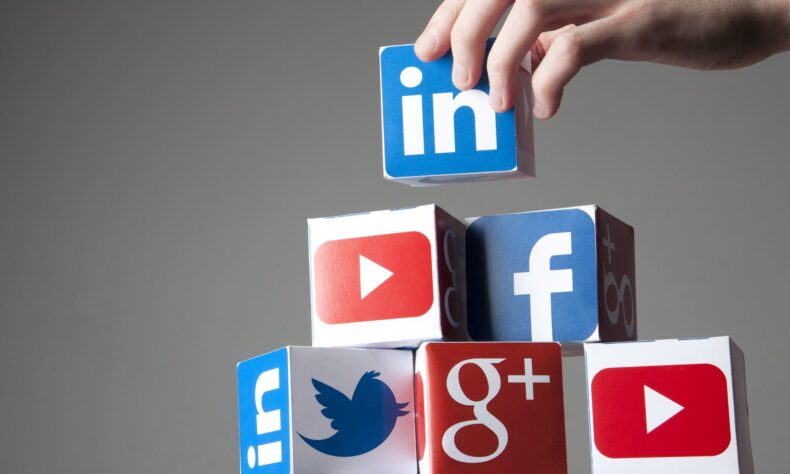
Social Media Usage is on the rise, according to data from the Pew Research Center and other sources. In 2015, 59% of Americans ages 18 and older used social media sites, up from just 7% in 2005, when Pew first started conducting surveys on the topic. And while Facebook remains the most popular platform overall, other social networks are growing in popularity as well. Meanwhile, many marketers have long been wondering when—or if—social media will begin to decline, much like email has become less important in recent years. But that doesn’t seem to be happening any time soon.
Best Social Media Marketing Agency In Surat has become an integral part of today’s society, with more and more people starting to use social media platforms like Facebook, Twitter, and LinkedIn. Given how much time many people are spending on these sites, one may wonder whether social media usage is on the rise, so let’s look at some of the trends to find out whether you need to start paying attention to social media or not.
Social media has become an integral part of many people’s lives, so you might be surprised to learn that it’s still relatively new in the grand scheme of things. Facebook was founded in 2004, Twitter in 2006, and the first picture on Instagram was posted in 2010! All of these platforms have seen tremendous growth since then, so their popularity isn’t going anywhere anytime soon. Is social media usage on the rise? It certainly looks like it!
If you’re looking at statistics, then yes
social media is growing. It seems like there’s a new social network launching every day, but only recently have we begun to look at usage statistics with a critical eye. As we’ll see, these numbers can tell us quite a bit about who uses social media—and why that matters. To help illustrate these trends, we turn to some useful visualizations and relevant studies. Let’s begin by looking at some facts and figures. Choose the Best SEO Agency In Surat.
Google search trends tell us Social Media Usage
Google Trends is a tool that lets you search for Google search queries over time. For example, if you wanted to know how often people have been searching for social media in recent years, you could enter that query into Google Trends and compare it to other searches. By taking such a simple comparison of popularity over time, it gives us a window into what many people are interested in. Are they trending up or down? Why do they differ from one another? This way we can get an idea about what’s popular now and what might be on its way out. Everyone can agree that technology has its flaws—but how we deal with those flaws is another story.
But this doesn’t mean
No doubt, an increase in social media usage is a sign of a growing digital society. But it’s also important to keep in mind that increased social media use isn’t necessarily representative of people spending more time online—or having more online conversations, for that matter. Twitter users are no less likely to meet offline than non-users, and LinkedIn users spend roughly twice as much time with their connections as non-users do. The real takeaway from all these numbers: people are talking about digital marketing services and small talk is becoming big talk.
Still, the way we use it isn’t so clear
We see headlines across all media telling us social media is fading. But that’s not really true: As per a report from eMarketer, The number of people worldwide using social networks regularly will reach 2.77 billion in 2022, an increase of 10.1% over 2016—and more than half of them will be located in Asia-Pacific (APAC). The study also showed that usage among Millennials aged 18 to 34 years old had fallen; but only slightly from 71 percent in 2015 to 69 percent by 2022. That wasn’t a big drop-off and it was compensated for by an increase in Baby Boomers aged 51 to 69 years old jumping from 16 percent in 2015 to 19 percent by 2022.
And if you think about Social Media Usage
And if you think about it, social media is only going to become more and more ubiquitous. No matter what your stance is on social media use, there’s no doubt it’s a trend that will continue for some time (at least until something else replaces it). Whether you’re a glass half full kind of person or someone who is certain we are doomed and will all go back to communicating via carrier pigeon, there are certainly pros and cons when it comes to our relationships with technology, and social media plays a large role in that dynamic. Everyone can agree that technology has its flaws—but how we deal with those flaws is another story.
